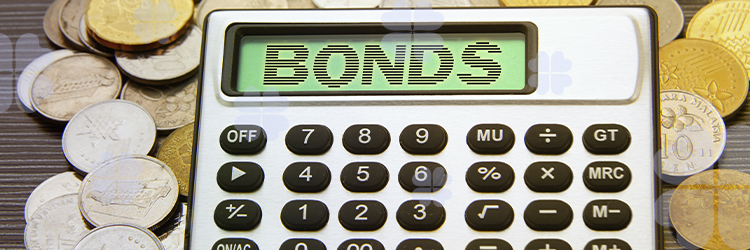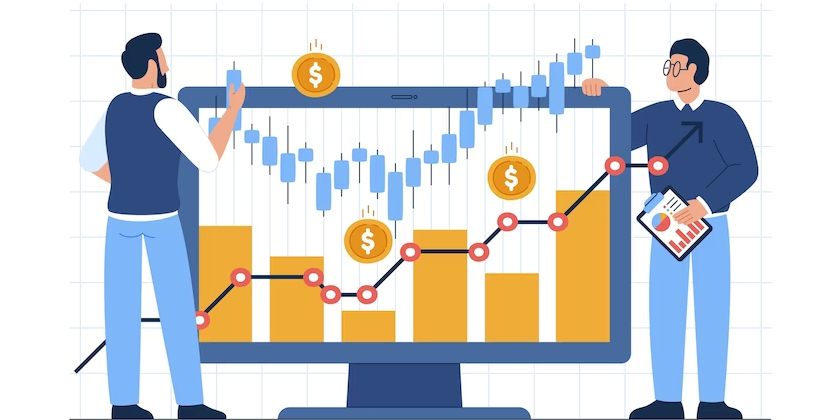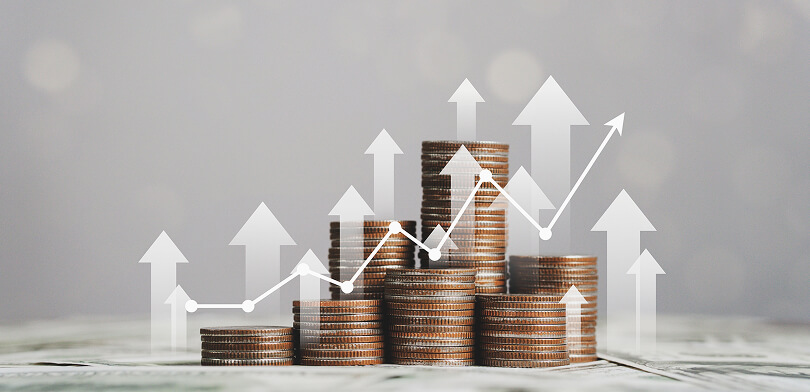Understanding how to calculate bond yield is crucial for bond market investors. This measure of calculating returns is essential for evaluating the profitability of bond investments relative to their market price.
- What is the Bond Yield?
- How to Calculate Bond Yield?
- Conclusion
Topics Covered:
What is the Bond Yield?
Bond yield essentially represents the return an investor realises on a bond. The most common bond yield is the current yield, which connects the bond’s annual interest payments to its market price.
There are several types of yields, including yield to maturity (YTM), which considers the total returns from the bond if held to its maturity date, including all interest payments and principal repayment. Understanding the nuances of each type can significantly impact investment decisions, especially in an ever-changing economic environment.
How to Calculate Bond Yield?
Understand the Importance of Bond Yield
The bond yield represents the effective interest rate an investor can expect to receive from holding a bond until maturity. By understanding the importance of bond yield, investors can make informed decisions regarding their investment portfolios and assess the attractiveness of different bond offerings.
The bond yield provides insights into the profitability of the investment and helps evaluate its competitiveness compared to alternative investment opportunities. Further, bond yield serves as a benchmark for fixed-income securities, enabling investors to compare the performance of different bonds and make informed investment choices.
Learn the Bond Yield Formula
This formula allows you to calculate a bond’s yield, providing valuable insights into its potential returns. The bond yield formula is calculated by dividing the annual interest payment by the bond’s current market price and expressing it as a percentage.
Formula:-

This calculation considers both the coupon rate and the price at which the bond is trading online in the market.
Gather Necessary Bond Information
Gathering the necessary bond information is crucial to accurately calculating bond yield.
-
Begin by obtaining the bond’s face value, representing the amount the issuer will repay at maturity.
-
Gather the bond’s current market price, reflecting its market value at the time of calculation.
-
Identify the bond’s coupon rate, which indicates the annual interest payment as a percentage of the face value.
-
Determine the bond’s remaining time to maturity, measured in years or months.
Plug Values Into the Formula
Having gathered all the necessary bond information, the next step is to plug these values into the bond yield formula. The bond yield formula is a mathematical equation used to calculate the yield or return on a bond investment.
You can obtain the precise bond yield percentage by substituting the bond’s face value, current market price, coupon rate, and remaining time to maturity into the formula.
Ensure accuracy when plugging in these values, as even a small discrepancy can lead to significant differences in the calculated bond yield.
Calculate and Analyse Bond Yield
The same bond yield formula can be used with the appropriate values in Indian rupees to calculate and analyse bond yield in INR.
This involves substituting the bond’s face value, current market price, coupon rate, and the remaining time to maturity, all denominated in INR, into the formula. By accurately inputting these values, investors can determine the precise yield percentage in Indian Rupees, allowing for a comprehensive analysis of the bond’s potential returns.
Consider the currency factor when calculating bond yield in INR, as fluctuations in exchange rates can impact the overall yield and investment outcome. Additionally, to seamlessly invest in bonds, consider opening a demat account and an online trading account first.
Conclusion
By understanding the complexities of bond yield, investors can assess the potential risks and returns of different bond investments and make well-informed decisions.
Remember that bond yield is just one factor to consider when evaluating a bond, and it should be used in conjunction with other financial metrics. With careful consideration, an online trading account and proper analysis, investors can navigate bond yield and make sound investment choices.

















